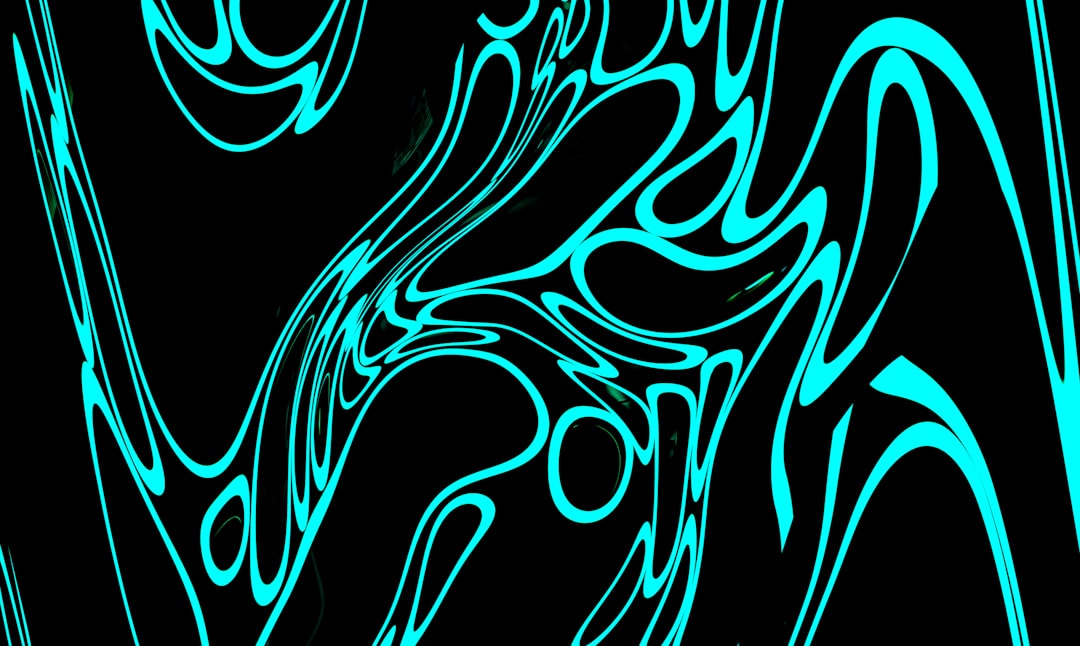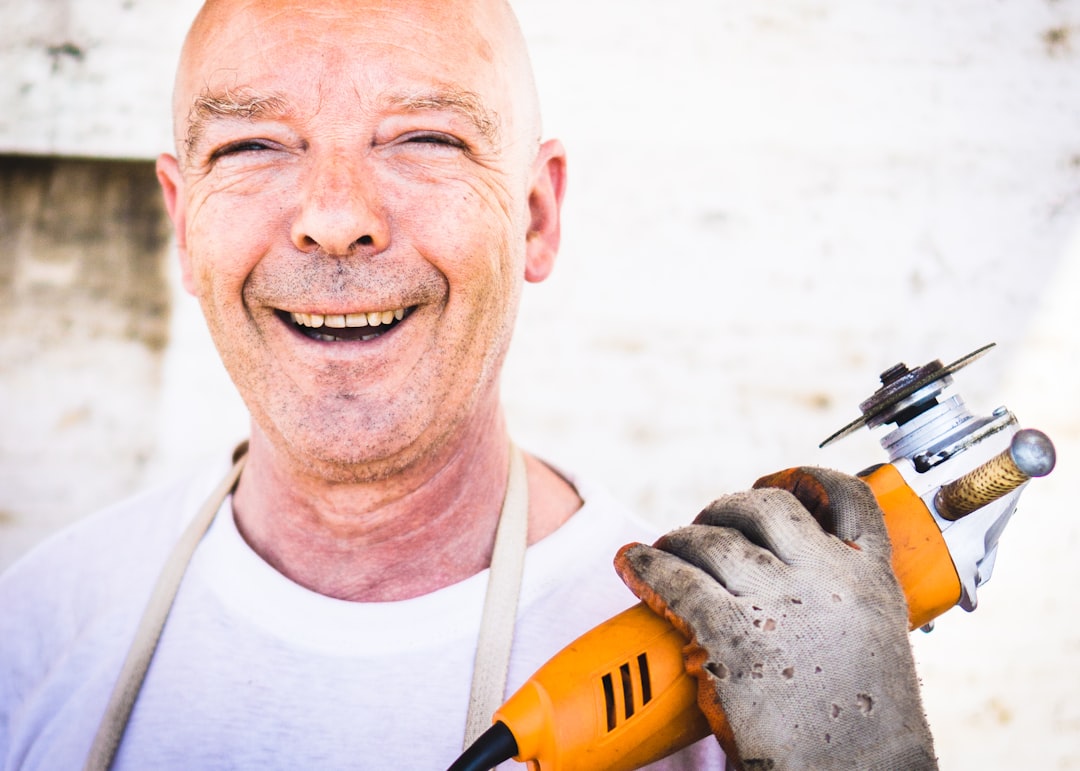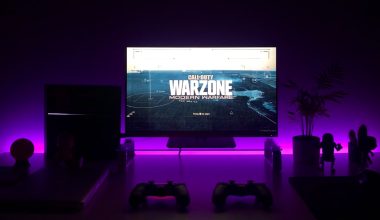In the world of AI-generated imagery, few tools have become as popular and powerful as Stable Diffusion. With its open-source foundation and incredible capabilities, it’s revolutionized art creation, design visualization, and creative expression. Among its most valuable extensions is ControlNet, a plugin designed to guide and condition the Stable Diffusion model to follow user-given constraints, such as human poses, depth maps, scribbles, and edge detection.
TL;DR: A bug in the preprocessing pipeline used by ControlNet for Stable Diffusion caused its conditioning inputs (like pose or depth maps) to have little to no influence on final image generation. This issue greatly affected the quality and precision of the outputs. A patch was released that corrected a dilation error in the preprocessors, restoring conditioning accuracy and improving image fidelity. Users are advised to update their ControlNet extensions and preprocessing tools to benefit from this fix.
Understanding ControlNet’s Role in Stable Diffusion
ControlNet acts as a guiding arm for Stable Diffusion, allowing users to exert more control over how the AI interprets and generates images. Instead of leaving image output up to pure randomness and prompt interpretation, ControlNet allows the model to include structure from provided input maps. These maps include:
- OpenPose: Guides based on human body posture.
- MLSD/Scribble: Edges and basic line art to define composition.
- Depth Maps: 3D-like spatial information to guide realism.
- Segmentation and Canny: Object boundaries and outlines.
This plugin became invaluable for artists and designers, especially those working in animation, character design, and concept art. It opened the door to generating multiple poses and compositions with consistent subject identity.
The Mysterious Decline in Conditioning Accuracy
Around early 2024, many users began noticing a strange trend: the outputs generated using ControlNet were slowly deviating from the structure guides being fed into them. Whether users were inputting OpenPose skeletons or scribble guidance maps, the generated images were no longer aligning closely with the conditioning sources.
At first, creators presumed it was a model-level issue or a change in base Stable Diffusion behavior. But the problem persisted across multiple models and workflows, suggesting something deeper in the pipeline had gone wrong.

Digging into the Cause: A Preprocessing Bug
The ControlNet system depends heavily on preprocessors — Python scripts and neural modules that convert regular input (like an image of a person) into pose skeletons, depth fields, or line art used as conditioning references. These are not part of the base Stable Diffusion model, but they’re crucial to ControlNet’s ability to influence the output.
The bug, as discovered by community contributors and developer Li, originated from a subtle but impactful error in the OpenPose and other preprocessor modules. The issue involved the dilation layer — a component that enlarges line width and block structures in the input maps to make them more visibly significant to the model.
Due to a misalignment in how dilation was applied, the skeletons generated from OpenPose (and similar structures from other preprocessors) were inconsistently shaped and scaled. As a result, keypoints were either too faint or too dominant, leading to the main model ignoring them or interpreting them incorrectly.
Symptoms Users Experienced
- Generated characters no longer matched pose inputs consistently.
- Depth-based images had composition drift or incorrect perspectives.
- Scribble guidance worked intermittently, depending on image complexity.
- Map masks were visibly distorted when previewed before generation.
One of the most telling indicators was the visual disconnect between the control map users previewed and the final image rendered. In theory, Close-following conditioning allows for input and output to mirror each other strongly — but instead, they grew disjointed.
The Patch That Fixed It All
Recognizing the scale of degradation, the community and the ControlNet team quickly initiated debugging efforts. It didn’t take long before developers pinpointed and validated that preprocessor dilation was the culprit. In collaboration with open-source volunteers, the ControlNet GitHub repository released a patch that:
- Refactored the dilation process to normalize line width per resolution.
- Corrected array shape mismatch that clipped parts of the processed image.
- Added verification steps to ensure complete coverage of skeleton input.
Once applied, this patch restored the visual influence of control maps nearly overnight. Artists immediately began to see their skeletal and depth guides reflected again in the AI’s creative process.
Before-and-After Results
The improvement was visually dramatic. Before the patch, a 3-key-point OpenPose input that suggested a jumping pose might generate a seated figure. After the patch, the same input rendered a dynamic leap, with accurate limb positions and body orientation.

It wasn’t just OpenPose that benefited. Improvements cascaded across all conditional maps — depth maps regained spatial coherence, MLSD edge maps matched image composition more tightly, and scribble-based generation returned finer detail fidelity.
Ongoing Improvements and User Recommendations
Following the patch, the ControlNet community has started working on version-controlled preprocessor modules to avoid silent regressions. Additionally, better logging and UI cues are being added to popular tools like Automatic1111’s WebUI to help users spot when preprocessors are misaligned or malfunctioning.
Users are advised to take the following steps:
- Update ControlNet extensions via your WebUI’s Extension tab or command line.
- Reinstall or verify the latest preprocessing scripts from the official repository.
- Test with legacy and patched preprocessors to validate visual alignment improvements.
- Join Discord or GitHub channels to report any persistent issues for faster triage.
Conclusion: The Critical Role of Infrastructure in AI Art
This incident underscores how even subtle bugs in auxiliary components — like image preprocessors — can cripple an otherwise robust AI pipeline. In the case of ControlNet, a small dilation malfunction undermined months of artistic work and user trust.
Thanks to the collaborative nature of open-source communities, the issue was identified and resolved promptly. The lesson here is clear: when working with layered architectures like Stable Diffusion + ControlNet, observational feedback and community vigilance can often be more effective than theoretical documentation.
As AI-generated content continues to grow and diversify, the foundational reliability of tools like Stable Diffusion and ControlNet becomes more important than ever. With the preprocessor patch in place, artists are once again free to explore the boundary between imagination and machine-generated art — this time with greater control and precision.





